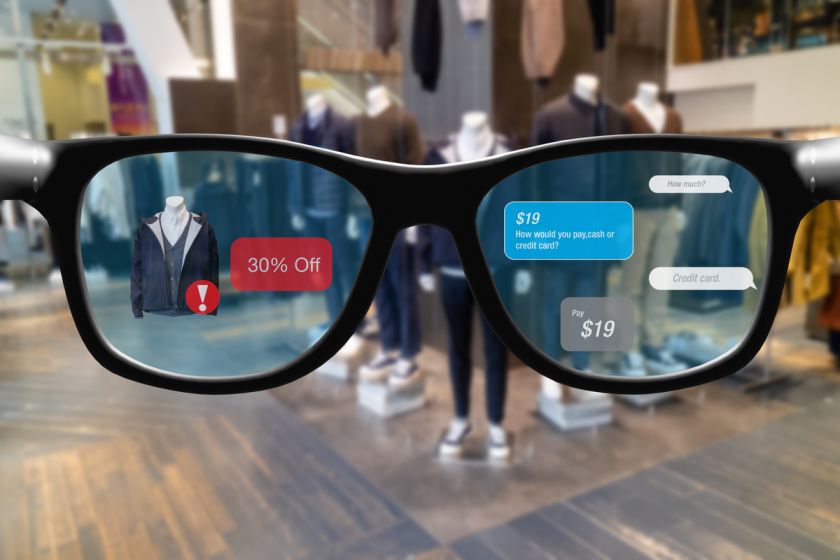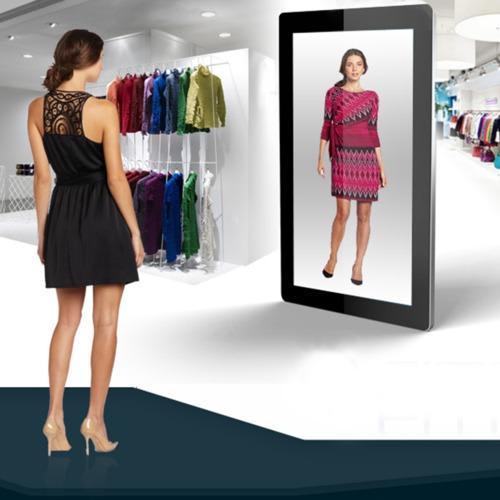How Top Fashion Brands are Becoming Powerhouses in the Online Market



Whether you like what's in store for the next season or not, we're all going to be wearing change. Change is a big part of the fashion industry that shows no sign of stopping anytime soon. One look at the runway confirms this; it's the same every year when the seasons change.
As consumers and fashion retailers wake up to the challenge of rising weather disasters, everyone is looking for affordable new sustainable clothing options. As a result, the reCommerce industry is booming. At the same time, big fashion companies try to respond quickly to climate change enough to make their clothes more affordable and adaptable to what could soon become the new normal. As a new generation of sustainability-minded consumers takes on these eco-friendly trends, they feel good about what they wear but with better prices as stores compete to offer the most affordable, faultless products of all sorts than ever before.
Recommerce going mainstream
Reselling used clothing has been common throughout the secondhand industry in both physical and online stores. Consumers are looking for more efficient ways to buy clothes because of the convenience. After all, it's a lot easier to shop online than it is to leave the house to go from store to store.
As the fashion industry trends toward sustainable models and preferences shift due to post-pandemic concerns, brands are forced to be more accountable for their products. Industry experts indicate that despite how far resale has come in the last two years, however, the market may still begin to collapse if recycling efforts don't alleviate current issues.
Ethical and Sustainable Fashion

Despite being a lucrative and illustrious industry, the fashion world has been getting tons of flak for its detrimental effect on the environment and negative repercussions on nature. The production of a single piece of clothing such as jeans for example, is known to produce about 75 pounds of CO2 gas per pair. Furthermore, 700 gallons of water are used to produce a t-shirt. According to Green Culture magazine, 208 metric tons or approximately 71 bags per year, consisting of clothes that consumers have barely worn go straight into landfills with around 82% of those clothes having never even been washed!
Considering conscious consumers’ core values could be a disadvantage for fashion eCommerce retailers offering cheaply made garments with little concern for the environment, human ethics, and animal welfare. If a piece is worn one time, it only has value as landfill rubbish. It will not have resale value unless durable enough to retain some wear-ability after the first wearing. Still, if so, it would be considered unprofitable because of this factor. To appeal to conscious consumers, it is important to produce garments that incorporate core conscious consumer values such as environmental sustainability, animal welfare, human ethics, and resale value.
Artificial Intelligence Acting As Virtual Intelligence
Retailers that can identify what their shoppers want to buy are more likely to retain return customers, which makes personalization and the act of relevance a growing trend throughout any eCommerce industry. As a result, fashion retailers are increasingly turning to artificial intelligence to assist them with prioritizing the customer in their marketing strategies. This is why so many businesses are using AI chatbots.
Whether it's just greeting visitors on a page or creating recommendations through a conversational service, artificial intelligence is in high demand and has multiple functions when it comes to eCommerce. Advancements and the ability to create efficient systems that can identify behavior patterns make AI indispensable for eCommerce businesses, whether they are of small or large size. As Fashion eCommerce businesses grow daily due to the constant development of technology and the sheer influence companies have on consumers (e.g., Amazon), AI has also adapted to fit the needs of fashion eCommerce brands and other large businesses. Moreover, AI has been their most reliable assistant during online shopping – it helps customize prices based on different customers, suggests products or alternatives, implements security measures, and even provides updates!
Online Fitting Rooms Via AR & VR Experience

Fashion eCommerce retailers worldwide are vying to stand out in a very competitive industry by offering potential and current customers an Augmented Reality or Virtual Reality experience.
Visitors can access a limited number of pieces made available for "Try-On" through the virtual fitting room, like some of the hats you see in this picture. Try-On has proven to be popular with consumers looking for a way to "see for themselves" what it would be like to wear certain articles of clothing. For example, the Accessorize website offers the option to try on different accessories through augmented reality, thereby bringing those accessories into actuality from the usually best images one sees on screen. As a result, fashion enthusiasts feel more confident about how products look, making them trust their favorite brands even more. In addition, as brands look for new engagement strategies, more companies will find value in adding Augmented Reality applications and tools to their websites due to its popularity with customers!
Buy Now, Pay Later Luxury
As the economic climate changes and different types of money come into the market, a new purchasing landscape opens up the possibility of new products that can be made affordable by those who have negotiated flexible terms with their retailers. They're known as luxury fashion buyers. They tend to be more savvy and able to negotiate individualized terms when it comes down to purchasing products directly from brands, especially for higher-end items. Buy Now, Pay Later is a concept that is slowly finding its way onto more and more eCommerce platforms that allow users to purchase items before they have to pay for them.
Online Presence For The Fashion Brand
The retail apocalypse is looming, and fashion retail is no exception. According to Women's Wear Daily, the number of closures in 2017 alone numbered more than 1,875 stores. However, the fashion industry still rakes in billions each year despite this ominous trend. Furthermore, Statista recently reported that by 2025, annual revenue in the fashion sector worldwide would reach $1 trillion.
With new devices and technologies coming out year after year, consumers' preferences toward online shopping change. To keep up with this evolving trend in technology, more businesses are turning toward the internet for business. This means that you need to have a website on the internet where you can either sell products or services to your customers, so they don't have to travel as much, or if they do, they only have to go to one place (online). One way to engage in e-commerce is through what is called social commerce.
Fashion has turned into a multi-billion dollar industry over the last century. It’s great to see that every few decades, designers return to their roots of accessibility creating new designs with new technology that can be easily integrated with online platforms. We hope that to stay rooted in tradition and innovative for people and the planet, fashion adapts its values for sustainable design, offering alternative options without being afraid to change the game's rules. Contact Fashinza for outsourcing clothing and more related information.



















